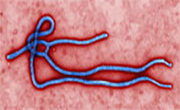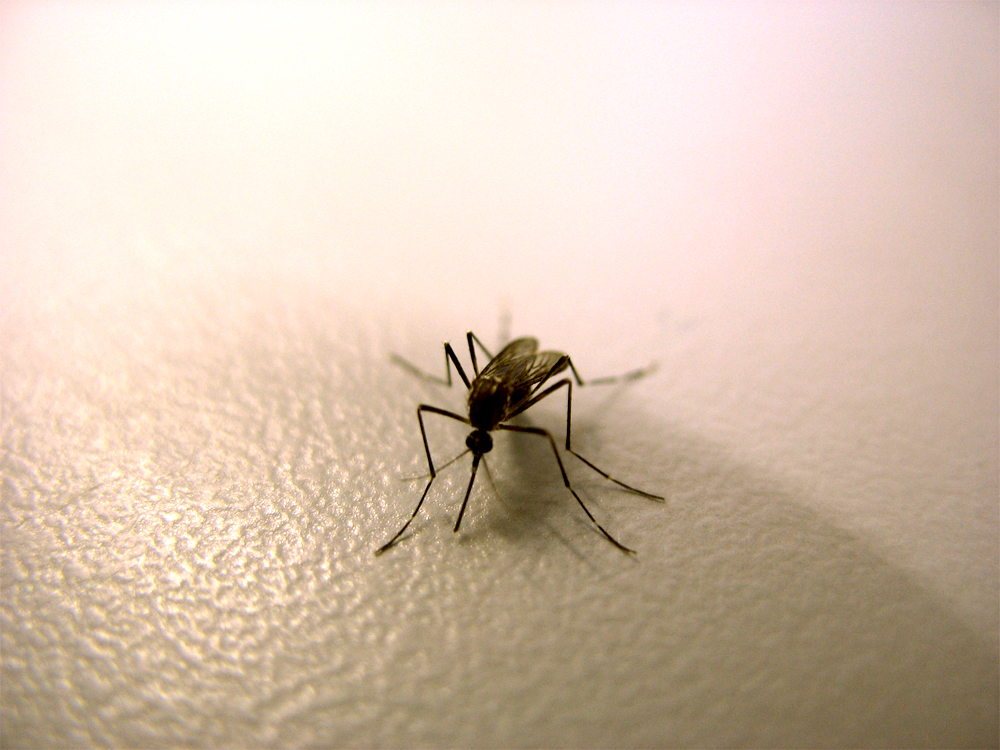
TUESDAY, Aug. 18, 2015 (HealthDay News) — A paper-based testing device can quickly diagnose Ebola among people who live in remote areas, according to a new study.
A blood sample from a person with a fever is taken and placed on a paper strip in the device. The paper changes a specific color to indicate if a person has Ebola, yellow fever or dengue fever.
The need for a simple, rapid Ebola test is urgently needed. In 2014, the largest Ebola outbreak in history began in West Africa.
One of the keys to containing an epidemic is to quickly identify and isolate Ebola patients. But because early signs of Ebola, such as fever and headache, are similar to dengue and yellow fever symptoms, these diseases are initially hard to tell apart without a blood test.
The new paper-based test takes minutes and the device does not require electricity. The test works in a similar manner to over-the-counter pregnancy tests. While lab tests are more accurate, they require technical expertise and expensive equipment. With this paper test device, people with Ebola in remote areas can be quickly identified and placed in quarantine, the researchers explained.
“These are not meant to replace [standard lab tests] because we can’t match their accuracy. But this is a complementary technique for places with no running water or electricity,” explained researcher Kimberly Hamad-Schifferli, from the Massachusetts Institute of Technology (MIT) in Cambridge, Mass., in a news release from the American Chemical Society.
Details about the device — developed by researchers at MIT, Harvard Medical School and the U.S. Food and Drug Administration — are scheduled to be presented Tuesday at the American Chemical Society’s annual meeting in Boston. Findings presented at meetings are generally considered preliminary until they’ve been published in a peer-reviewed journal.
The researchers plan to produce free kits for distribution.
“We’re giving people the components so they can build the devices themselves,” Hamad-Schifferli said. “We are trying to move this into the field and put it in the hands of the people who need it.”
The Ebola outbreak has slowed in the three most-affected West African countries: Guinea, Liberia and Sierra Leone. According to the U.S. Centers for Disease Control and Prevention, so far, an estimated 27,900 people have been infected and more than 11,000 people have died in the epidemic.
More information
The World Health Organization has more about Ebola.
Copyright © 2025 HealthDay. All rights reserved.

